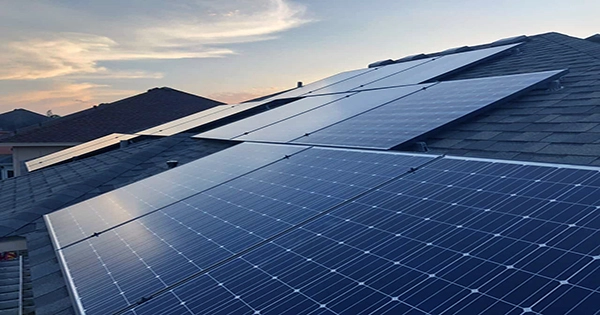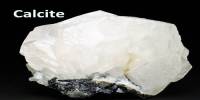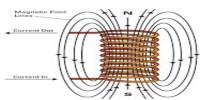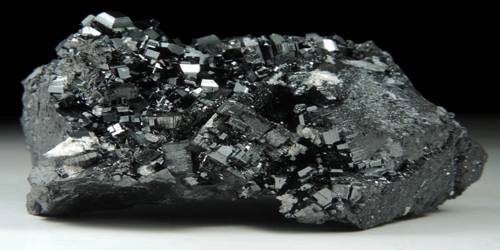The major issue with solar power is that panels only operate when the sun is shining — but could you develop panels that work at night? It’s theoretically doable, and it’s been done by one team. The levels of energy are so little that the inventors had difficulty quantifying them, but they believe there is lots of room for improvement. The Sun produces radiation that spans the electromagnetic spectrum. Photovoltaic panels absorb a portion of the visible and ultraviolet light and convert it to electricity. The light that isn’t utilised in this way heats the Earth and is transmitted back into space at night, albeit at much lower infrared frequencies.
Infrared radiation may serve the same function as visible light on solar panels, releasing electrons whose flow can power electrical devices, if the correct material is used. Researchers detail how they did it in the journal ACS Photonics, using the same materials that night vision goggles utilize to detect infrared radiation.
In a release, Dr. Ned Ekins-Daukes of the University of New South Wales said, “We have made an unequivocal demonstration of electrical power from a thermoradiative diode.” “We can convert energy between different forms whenever there is a flow of energy,” Ekins-Daukes explained. “We’re redirecting energy flowing in the infrared from a warm Earth towards the frigid cosmos,” said co-author Dr. Phoebe Pearce.
In recent years, photovoltaic panels have grown from a laboratory curiosity to the world’s greatest source of newly installed electricity, thanks to the efforts of the team. In an interview with IFLScience, Ekins-Daukes conceded that the gadget detailed in their research gathers roughly a hundredth of the power collected by an equivalent sized solar panel in direct sunshine. By coincidence, the brightness difference between the full Moon and the Sun is identical. This device, unlike the notion of capturing moonlight with current solar panels, has a lot of space for improvement.
According to the researchers, photovoltaics catching night radiation might hypothetically provide 10% of the power produced by conventional panels during the day. This might even be enough to compete with storage for nighttime electricity. Solar panels only achieved their current capacity because they carved out niches in the market, such as powering satellites and remote facilities, which provided financing for mass manufacture and development. According to Ekins-Daukes, the team aims to accomplish something similar in the future.
“In my house, there’s a meter that measures how much hot water I use,” Ekins-Daukes explained. “The battery has to be replaced now and then. That wouldn’t be necessary if the meter could be powered by the water’s heat.” Clothes that generate power from the wearer’s body heat might be a larger but farther niche. In the meanwhile, Ekins-Duakes told IFLScience that the current version could power a wristwatch, but “not one of the new multi-function ones.”















